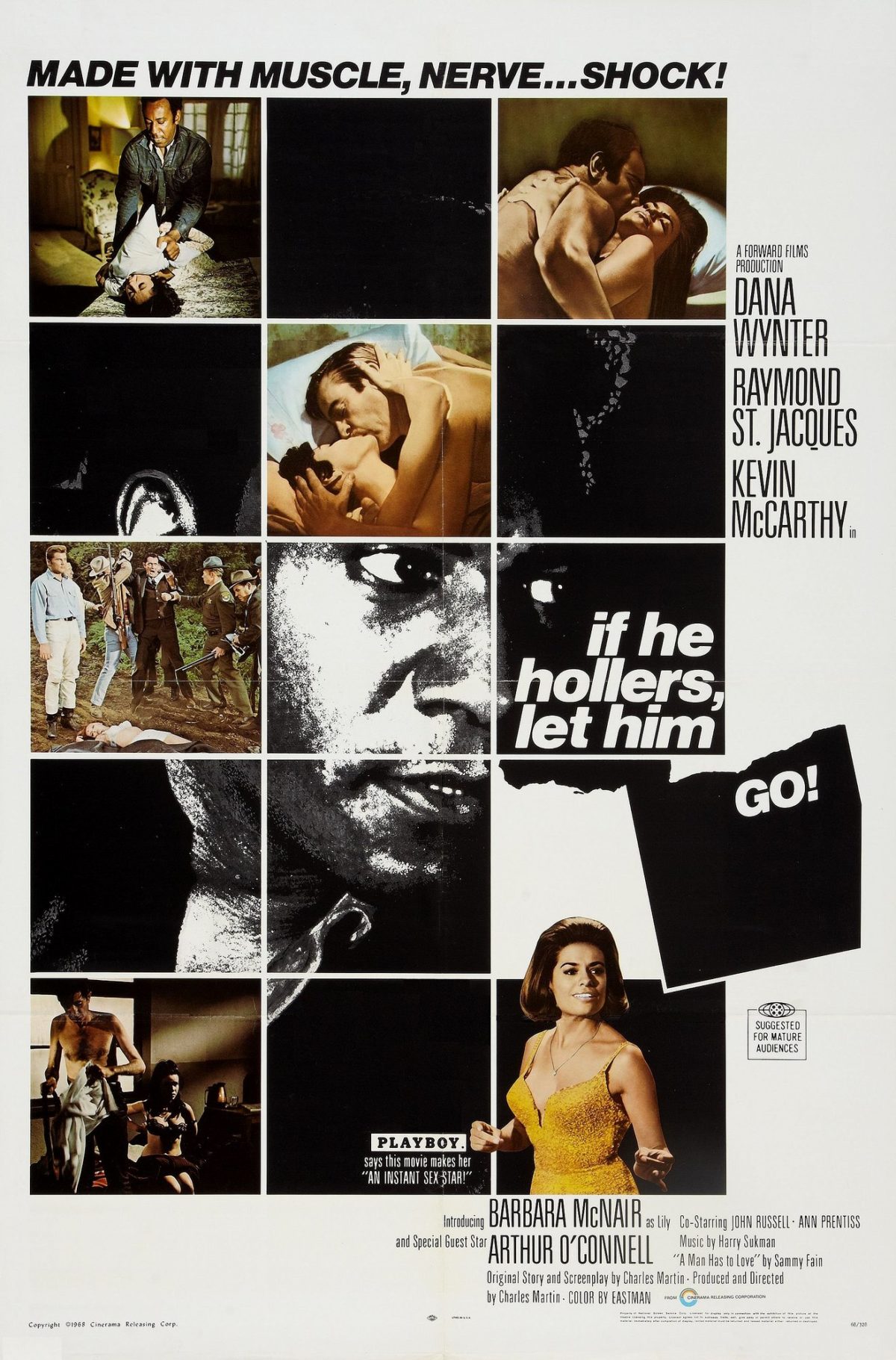The Femme Fatales are fascinating characters and their portrayal in the time period really gives 21st-century readers an insight into what it was like to be a woman during that time period.
In my last blog post, I argued how Madge is the femme fatale in If He Hollers Let Him Go is still a Femme fatale by her purpose in the story but is portrayed differently when compared to the other Femme Fatales we read in class. I would like to extend that argument and confront the deeper implications that white women carried at the time and still carry today. For this blog post, I want to argue how the character Madge, in If He Hollers Let Him Go, confronts the violent history of white women.
I was really fascinated by this idea and did some outside research. According to, Dr. Apryl Williams, to summarize the long quote she said, a white woman’s word was more valued over a black man’s because they are seen as the mother – they are seen as more virtuous. She also states that this victimhood goes back to American slavery where black slaves were posited as sexual threats to their slave owners, when in fact the opposite was true. The combination of a white woman’s word being held at more value than a black mans and it is expected that white men have to protect white women. This creates an eruptive combination. A modern example of these power dynamics is the white Karen meme when the cops are called because a black or brown man is assaulting them.
White women do have power and they exercise that power by playing the victim. I think it’s fair to say that we were all disturbed but not surprised by Madge begging Bob to rape her. Bob’s description that Madge would look at him like he was “king kong” plays into the common card of victimhood that white woman play. And we can’t forget that in the tacker scene she looks at white men to come to defend her from Bob and it is white men that beat Bob when Madge claims that he raped her. These are just some examples of the white woman’s power in the book. The history of white women is a violent one and the character Madge can be on the magazine cover of their history.

The ways in which race and gender interact/intersect says a lot about the kind of “progress” that’s been made at various points in time in the US. I’ve witnessed, in-person, exchanges between Black men and white women as they debate who holds more or less power in modern society. I think comparing the unique struggles faced due to race and gender as if they’re interchangeable is unproductive. Rather, as you do here, we should unpack the complex social dynamics at play. Black women in particular were unfairly represented in If He Hollers Let Him Go; at least, that’s my opinion. Chester Himes, as a Black man, focused on the experience of a straight Black man navigating WW2 era racism. As such, he unsurprisingly overlooked the struggle of Black women, straight and queer. If we’re exploring the social hierarchy at play with regard to race and gender, the position that Black women are in should be especially crucial for exploration. Queer Black women and their experience deserves much attention as well, but again, unsurprisingly, that couldn’t be covered with much depth in this novel. You bring up a complex issue regarding power, victimhood, and who has both/either. It makes for complex discussion.